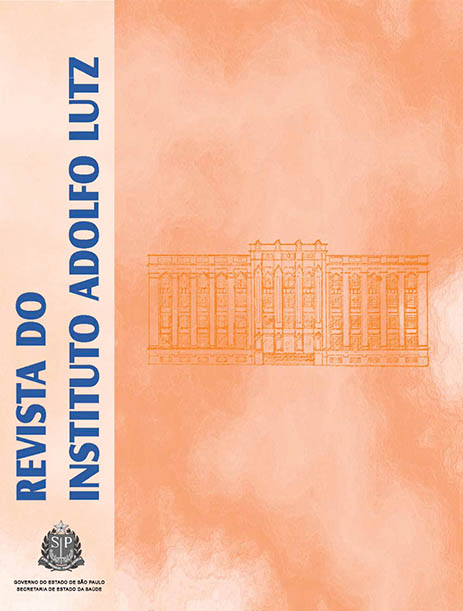Retinol concentration in quail and chicken boiled eggs and its correlation with the daily vitamin A intake recommendation in children
Keywords:
yolk, chicken egg, quail egg, vitamin A, HPLC
Abstract
This study evaluated the concentrations of retinol in the yolks of quail and chicken boiled eggs, and they were correlated with the vitamin A intake recommendations for children aged from 1 to 8 years. The samples were analyzed by means of High Performance Liquid Chromatography. The mean values of retinol found in the yolks of the quail and chicken boiled eggs were 636.6 ± 32.7 and 379.1 ± 30.8 μg/100 g of yolk, respectively. The retinol concentration in quail egg was found to be significantly higher than that of chicken egg (p < 0.0001). In addition, it was found that the consumption of a 15 g-portion of egg corresponded to five quail egg yolks or to one chicken egg yolk; then, they supplement 32% and 19% of the daily retinol recommendations for children aged from 1 to 3 years, respectively, and 24% and 14% for children aged from 4 to 8 years, respectively. Therefore, both kinds of eggs are a good source of vitamin A.
Published
2012-03-01
How to Cite
Ramalho, H. M. M., Silva, K. H. D. da, Medeiros, V. P. Q. de, Santos, V. V. A. dos, Ribeiro, J. K. G., & Dimenstein, R. (2012). Retinol concentration in quail and chicken boiled eggs and its correlation with the daily vitamin A intake recommendation in children. Revista Do Instituto Adolfo Lutz, 71(3), 495-499. Retrieved from https://periodicoshomolog.saude.sp.gov.br/index.php/RIAL/article/view/32456
Issue
Section
ORIGINAL ARTICLE










